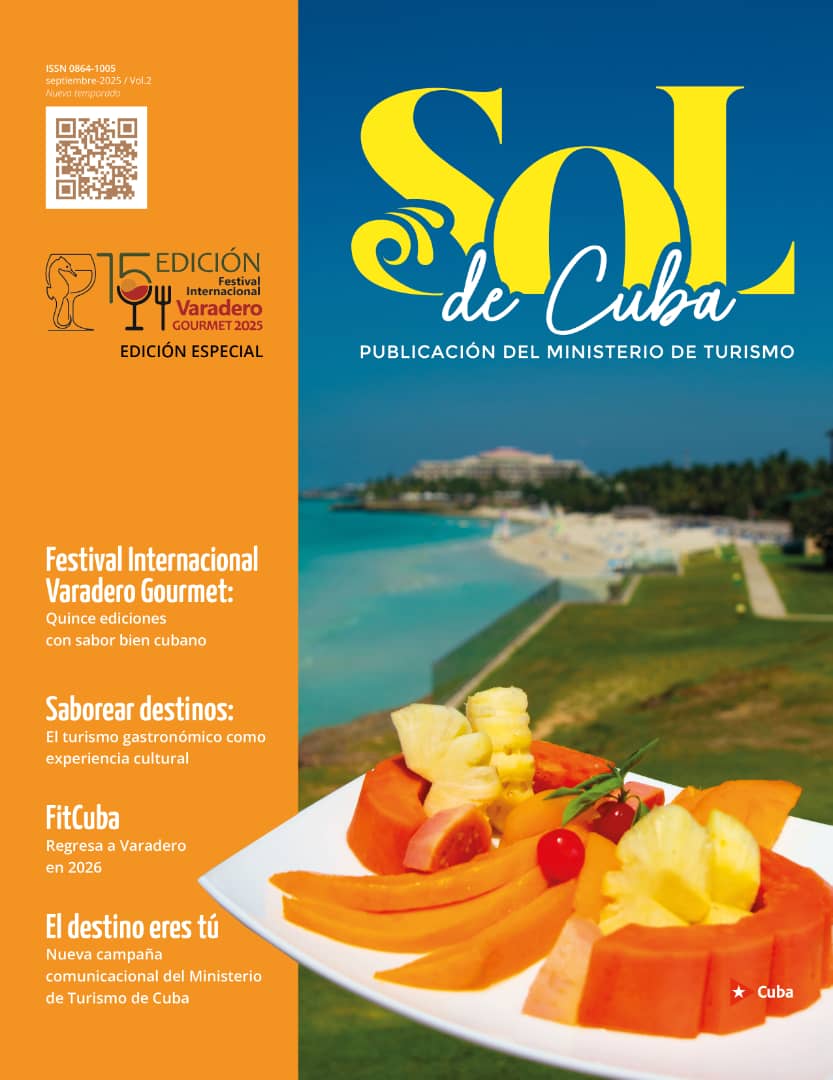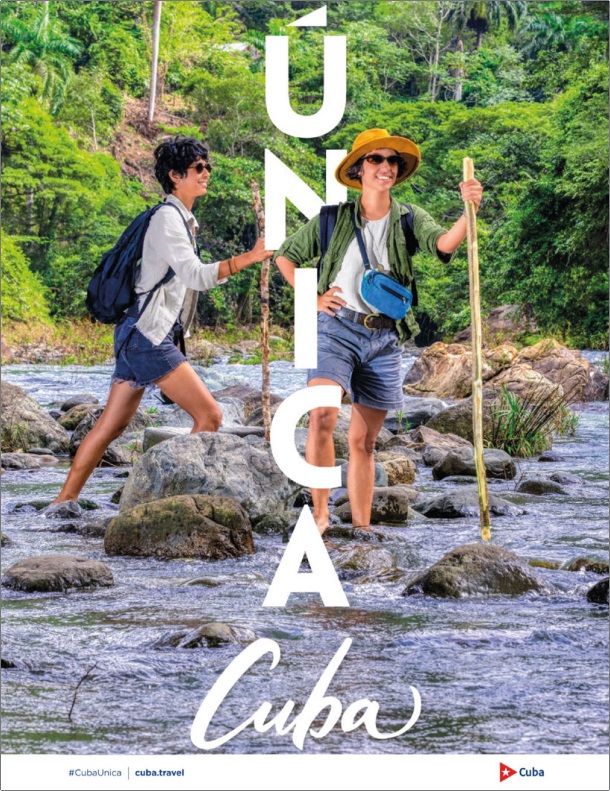El Cobre: New ecotourism routes for sustainable development
The Rutas del Cobre project includes four ecological tour itineraries offering stunning views of nature that facilitate exploration of the rich history of the area
Posted by Sol de Cuba, 22/07/2025
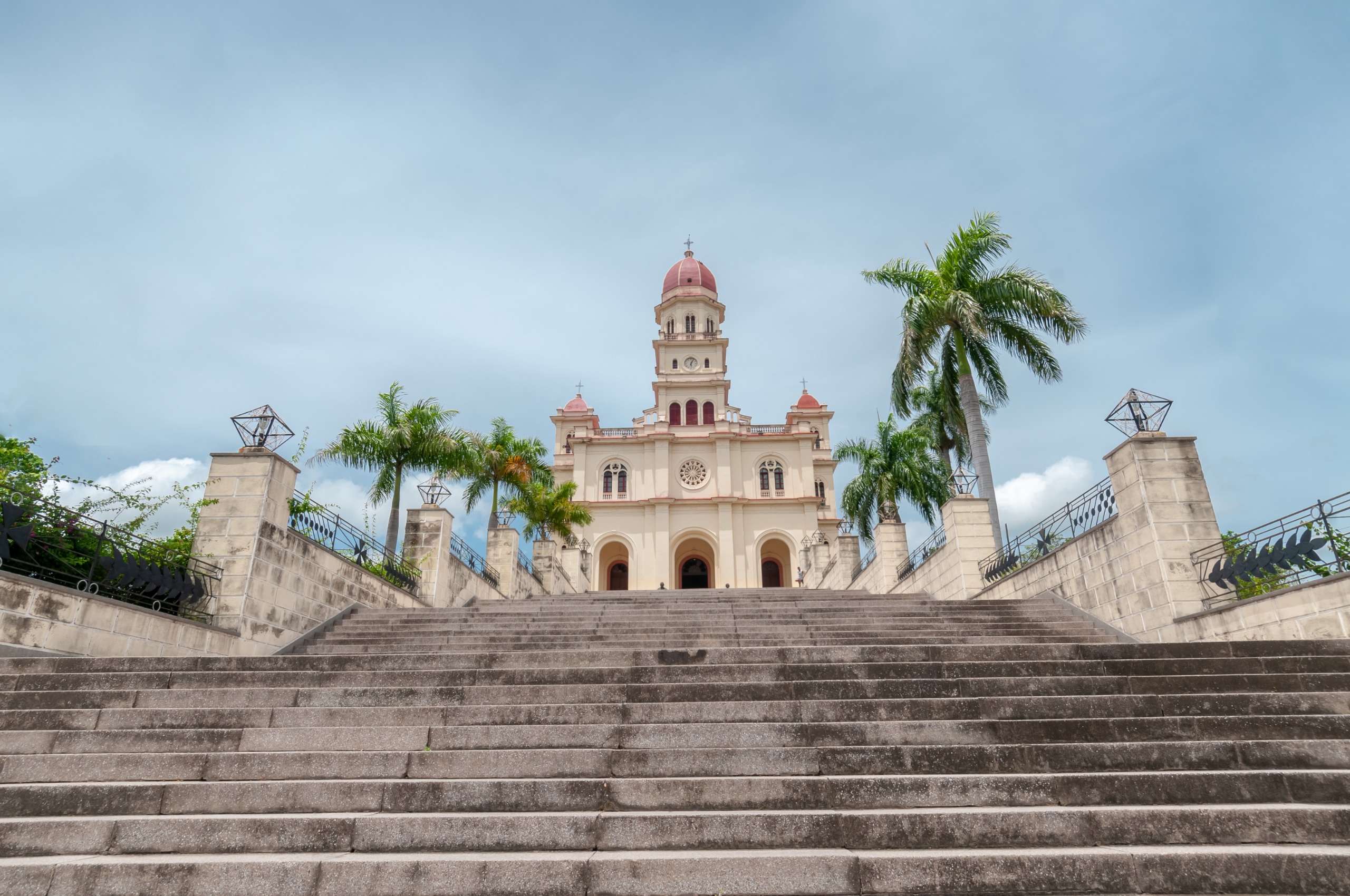
El Cobre, a small town on the outskirts of Santiago de Cuba, home to the sanctuary of Our Lady of Charity of El Cobre, the country’s patron saint, and therefore one of the most important sites of religious interest in the archipelago, is undergoing an interesting transformation thanks to an innovative ecotourism and hiking project.
Funded by Italian cooperation, in collaboration with the Italo-Latin American International Organization (IILA) and the Office of the Conservator of Santiago de Cuba (OCC), this effort seeks not only to expand the region’s tourism offers but also to revitalize the cultural identity of its inhabitants.
Dr. Thais Palermo Buti, El Cobre’s Local Development Technical Assistance expert, points out in an April article titled “Rutas del Cobre” about the implementation of the proposal that it seeks to promote integrated local development based on ecological and sustainable tourism.
She also notes that the program’s beginnings date back to 2018, when the area’s needs and potential were identified. The proposal focused on the potential for reactivating the local economy, with a strong basis in religious tourism, especially after the closure of the local copper mine in 2001.
The comprehensive training of human resources in entrepreneurship, the reactivation of long-abandoned productive sectors related to construction and food processing, and the creation of alternative tourist routes that would highlight the region’s numerous heritage values were among the project’s primary objectives, according to Palermo Buti, as reported on the AICS website.
As a result of the project, 14 historical buildings located around Plaza Agustín Cebreco (Central Park) have been restored to date, and the management of local heritage for tourism purposes has improved.
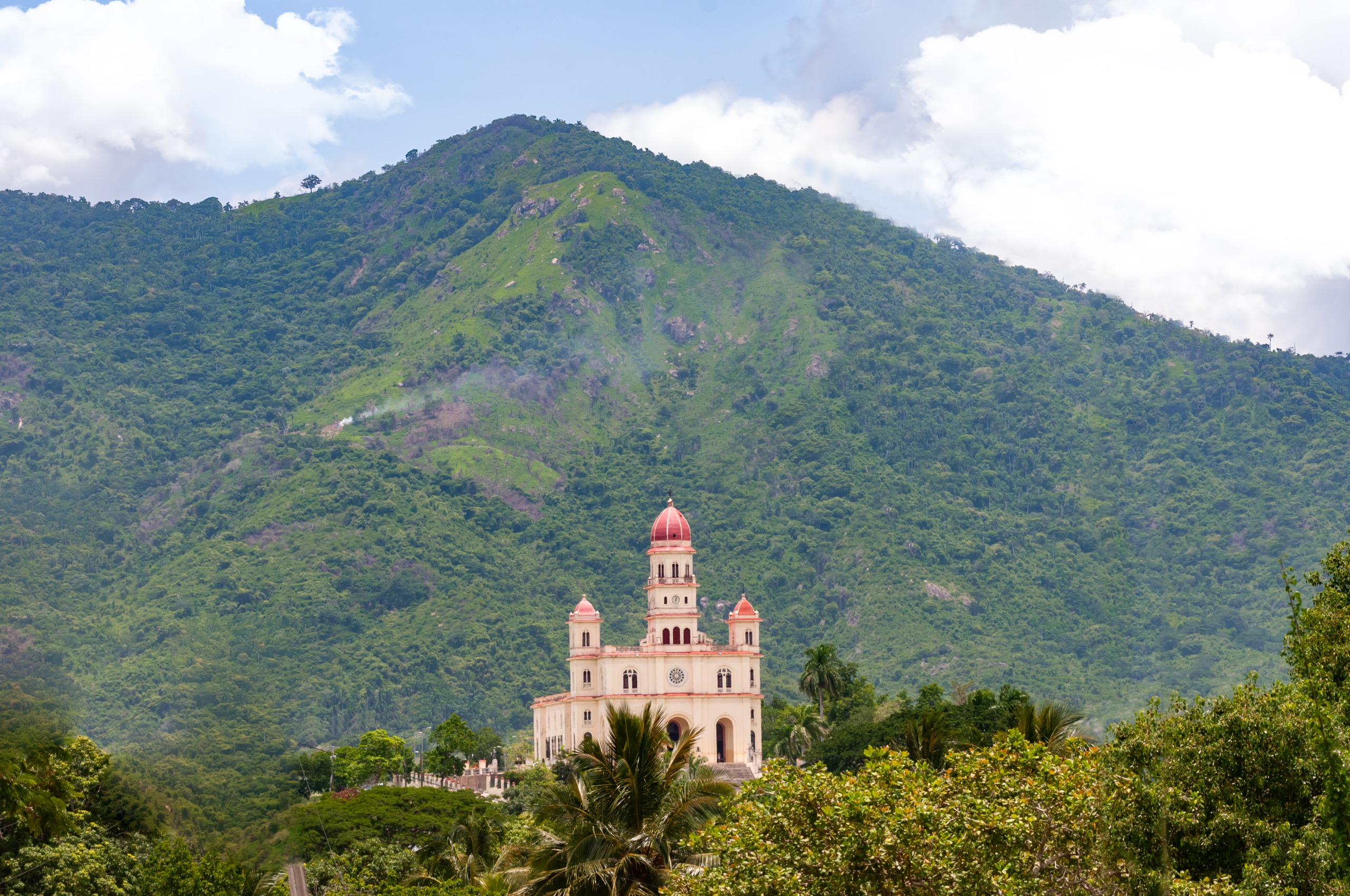
What new Rutas del Cobre tour routes are available?
The Rutas del Cobre project includes four ecological trails, two of which are already fully mapped and available to visitors. These trails not only offer stunning views of nature but also allow you to explore the rich history of the area.
- Bellos Horizontes: A 7km circular trail that takes visitors along the old stone road that led to the village’s first church and the Beto Pérez spring. Hikers can enjoy the region’s endemic flora and fauna, as well as panoramic views of the Basilica of Our Lady of Charity of El Cobre. The hike returns around the village via a plateau overlooking the Basilica, before reaching the Pozo Azul viewpoint, which offers views of the old copper mine facilities; the Monument to the Runaway Slave, a point of interest on The Slave Route (UNESCO); and finally the Pozo Azul laguna itself. [More information available in this PDF]
- Caminos de la Mineraría (Mining Trails): This 14km trail, which is not a circular route, offers an immersion in the area’s mining history, passing through old copper processing structures and culminating at the “El Saltadino” waterfall, an ideal place to rest and refresh. These sites were the scene of numerous operations by the Mambí Army, which is why the foundations of one of the bridges destroyed during the Ten Years’ War are preserved in the area.
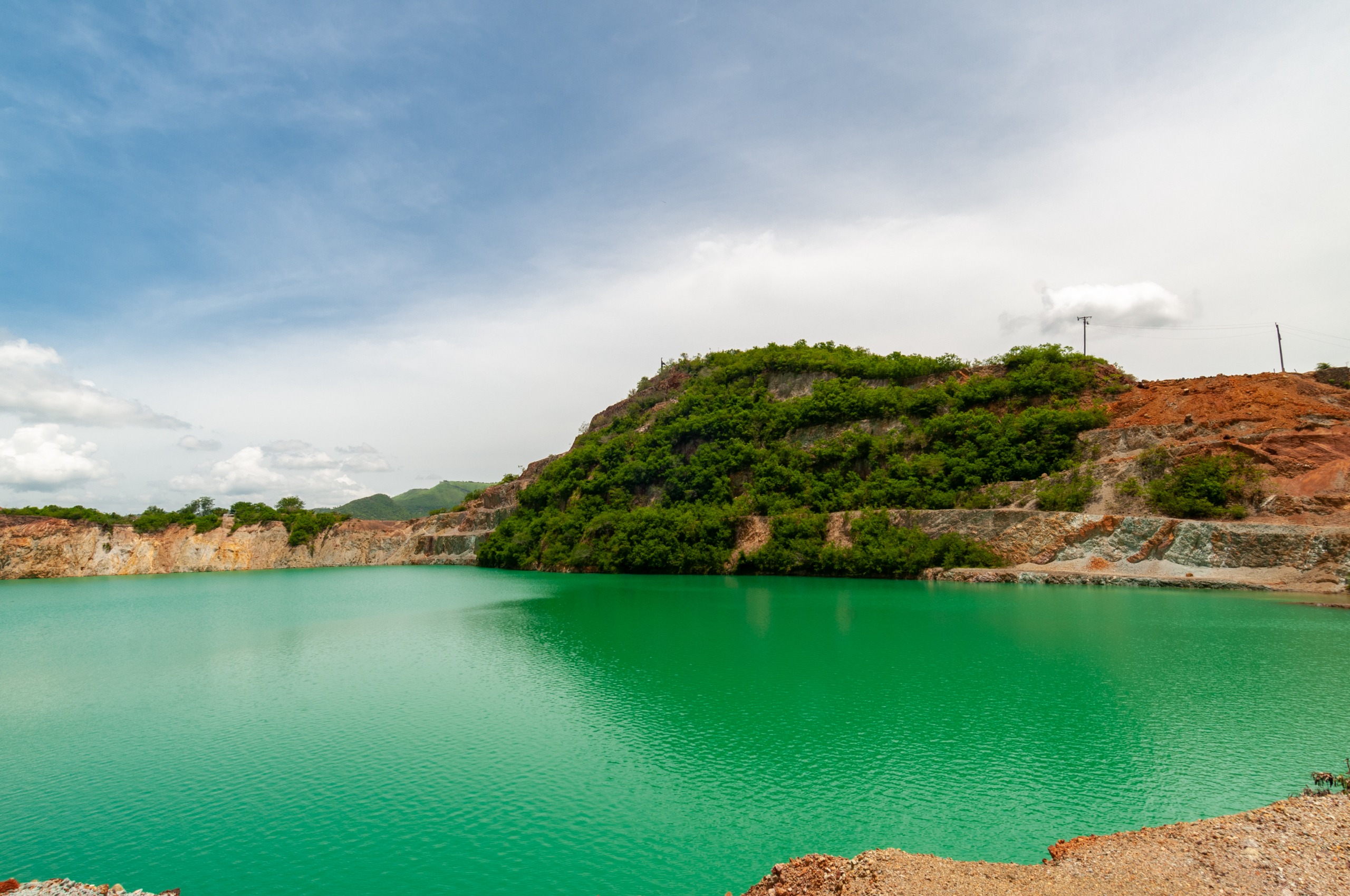
El Cobre: A special site for ecotourism
The El Cobre site, an intramontane valley located between 100 and 400 meters above sea level, is surrounded by the majesty of the Sierra Maestra mountain range and is renowned for its associated historical and cultural values.
The authenticity of the landscape reveals the excellent combination of the local panorama, where the picturesque surrounding terrain contrasts with the rugged profile of the mountains and the cultural heritage of the urban settlement.
The Cobre River, along with its springs and waterfalls, is a notable part of the ecosystem. The area’s climate is tropical and humid, with temperatures between 15 and 35 degrees Celsius. Vegetation is sparse, although there is a wide variety of trees, especially fruit trees. Among the local birds, a significant presence of the tocororo and guacaica has been observed.
